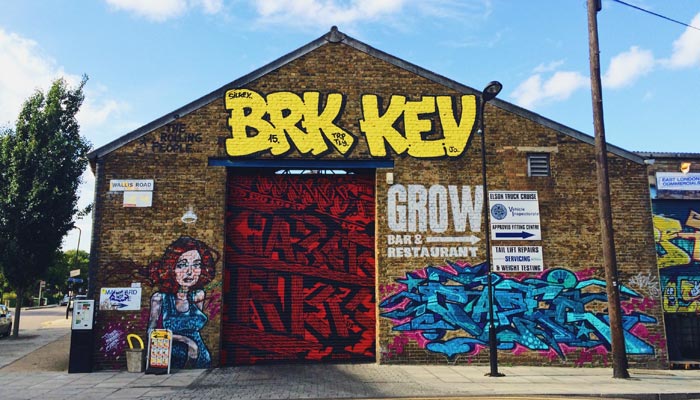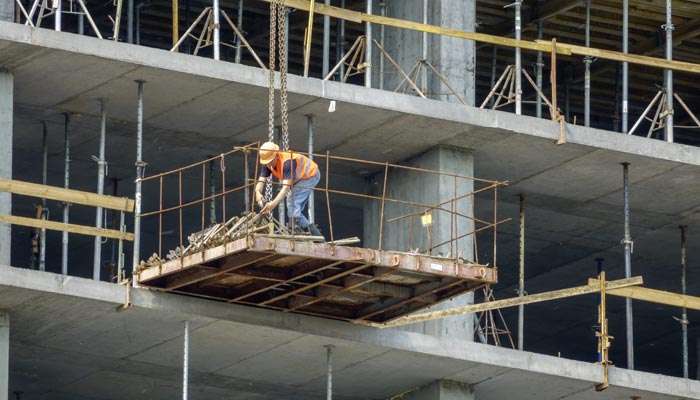Redeveloping brownfield sites is a key part of the government’s strategy for meeting new home build targets, whilst also protecting the environment. Using brownfield sites can also hold great benefits for individuals looking to take on a self-build project too.
What is a brownfield site?

Unlike greenfield sites which have not been built on before, brownfield sites are previously developed land, which may have been used for industrial, commercial, or even agricultural purposes. This disused land may take the form of an old petrol garage, abandoned storage unit or agricultural land no longer in use.
However, there are some self-build plots which don’t fall under the category of brownfield sites, such as barn conversions, garden plots or replacement dwellings, so it’s important to bear that in mind.
What’s a brownfield register?

Brownfield land registers exist as a way to provide the public with up-to-date information on sites that local authorities deem to be suitable for residential development – therefore if you’re unsure if a site classifies as brownfield land or not, this is where you’ll find out.
However, research shows that only 31 per cent of potential self-builders are aware of these registers.
For the past three years, local authorities have been required to keep brownfield land registers. These sites have to meet certain criteria, such as the capability of delivering at least five extra dwellings and being free from ownership issues or legal constraints.
By visiting your local council’s brownfield register, you can download and view the available brownfield sites.
What are the pros and cons of considering a brownfield site as a self-builder?

A real pull in favour of using brownfield sites is the impact on the environment. With a need to build an estimated 300,000 new homes per year, and a lack of available green spaces already, it makes sense to use these abandoned brownfield sites instead, to preserve the countryside. In turn, it’s also a great way to clear up existing eyesores.
For this reason, it’s also better for the community as a whole (making you a more popular neighbour!), as it spawns regeneration and enables the area to keep its parks and countryside. With 28 per cent of UK adults considering self builds doing so in order to make environmentally-friendly decisions about their build, brownfield sites could be an ideal option.
Another great attraction of building on brownfield land is that developers no longer have to submit a ‘normal’ planning application to build on brownfield sites if these are being rebuilt as homes. As anyone who’s been through the stress of attempting to get planning permission before will know, getting a head start here really does remove some of the headaches.
If you are planning a self-build project on brownfield land, however, be aware that you’ll be required to carry out a survey prior to your build. This is because brownfield land can sometimes be contaminated, through low levels of pollutants, or oils and tars for example.
A survey will identify if there are any contaminants that need resolving, but don’t let that put you off; it’s just important to fully understand what you’re taking on.
How will using a brownfield site affect my mortgage?
When planning a build on brownfield land, make sure you’re basing your costs on a self build mortgage, rather a standard residential product, as most lenders will consider major renovations or rebuilds under this category.
You may also find that some lenders are hesitant to lend on brownfield sites, which is why it’s so useful to seek the help of an intermediary with expertise in this field. Working with a mortgage provider who undertakes a manual lending approach is also more likely to see your application accepted.
Joanne Leek is Digital and Campaign Manager at Ipswich Building Society. Ipswich Building Society specialises in a range of mortgage products, including self build mortgages and operates a manual underwriting process, so your application will be reviewed by an individual not a computer.




